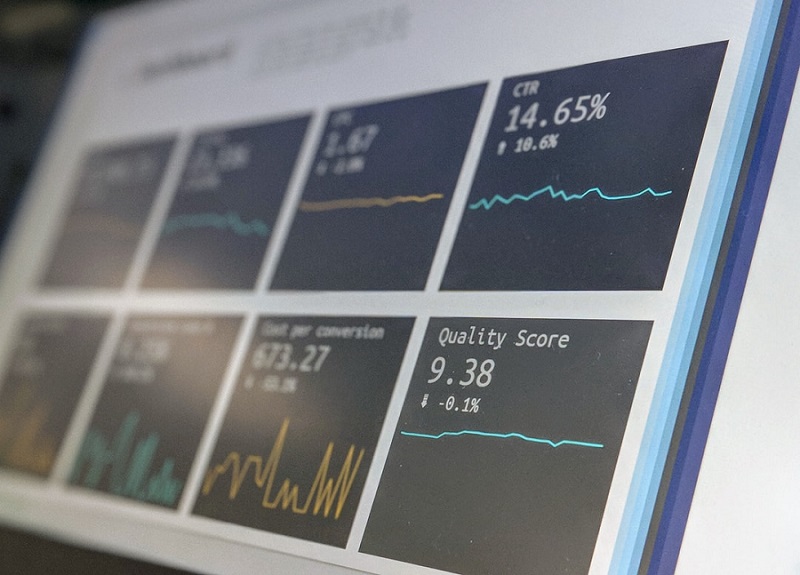Agility is key for any modern business hoping to maintain a competitive advantage. This lesson has been made clear with the COVID-19 pandemic. Those businesses unable to shift their objectives and goals to support operating processes and decision-making capabilities get left behind. Agility is driven by the business value hidden within data assets. Businesses need a means of discovering and using data analytics that supports strategic and tactical decisions. The best way to access the business value from the right data is to implement a data fabric.
What Is Data Fabric?
Data fabric is a one-stop-shop data integration and management solution composed of architecture, data management, integration software, and the sharing of data that helps businesses manage data. This solution is a fundamental part of any digital transformation. Because it provides a unified user experience and data access throughout an organization in real-time. Data fabric architecture starts with online transaction processing (OLTP) concepts. With OLTP, all detailed information related to transactions is applied, updated, and uploaded to a database. From there, the data assets are structured, cleaned, and stored in silos for usage. Any data user can access raw data and derive multiple insights that can help organizations better leverage data to grow, adapt, and improve.
When implementing a data fabric architecture, there are a few requirements to keep in mind. Consider the application and services and where the infrastructure for collecting data will be built. This includes app development and graphical user interfaces (GUIs). You’ll need to develop an ecosystem for collecting, managing, and storing data. Security is at the heart of data management, and organizations must ensure all sources of data are managed with the right security. Data will need to be stored in an accessible and efficient way that’s scalable. When dealing with remote team members, you’ll need to build the right infrastructure that allows for on-demand data access globally.
Why Use Data Fabric?
Any organization that’s fueled by data requires a holistic approach that addresses the obstacles of time, storage space, different software types, and data locations. A data fabric ensures businesses have a secure, efficient, unified environment in which business users can access data as needed from any geographic location. Traditional data integration can’t keep up with the demands of real-time connectivity, automation, access, and universal transformations. A fundamental part of data management is integrating, processing, organizing, and transforming data from different sources. Data management gives organizations a competitive advantage by allowing them to meet customer demands, update their systems, and access the power of cloud computing.
Leveraging the maximum business value from data presents several challenges. Different types of data are often located in different data stores and cloud locations on different platform landscapes. Both structured and unstructured data are maintained on different file systems, databases, and SaaS applications. As data continues to grow, so do these challenges. When data is kept in silos. It results in several different methods of data management within the organization, making data access available to certain users only. Data fabric resolves a lack of comprehensive data access and data use to improve infrastructure ROI. The availability of useful data for business intelligence, and greater productivity.
Benefits of Data Fabric
There are several benefits of implementing a data fabric solution. Any geographically diverse organization that works with multiple data sources and deals with complex data issues or use cases can benefit from the power of the data fabric. As organizations continue to adopt a remote workforce, users need to be able to access timely data without connectivity speed issues. A data fabric solution is an agile model that adapts and adjusts as needed to system changes and works across all operating and storage systems. Scalability with minimal intervention means there’s no need to invest in expensive hardware or highly trained team members. Data fabric provides uncompromised data and reliable data quality that are accessible in real-time and meet compliance and regulatory laws.
Accessing the business value of data assets helps organizations more accurately forecast, optimize sales and supply chains, and understand consumer behavior in real-time.

